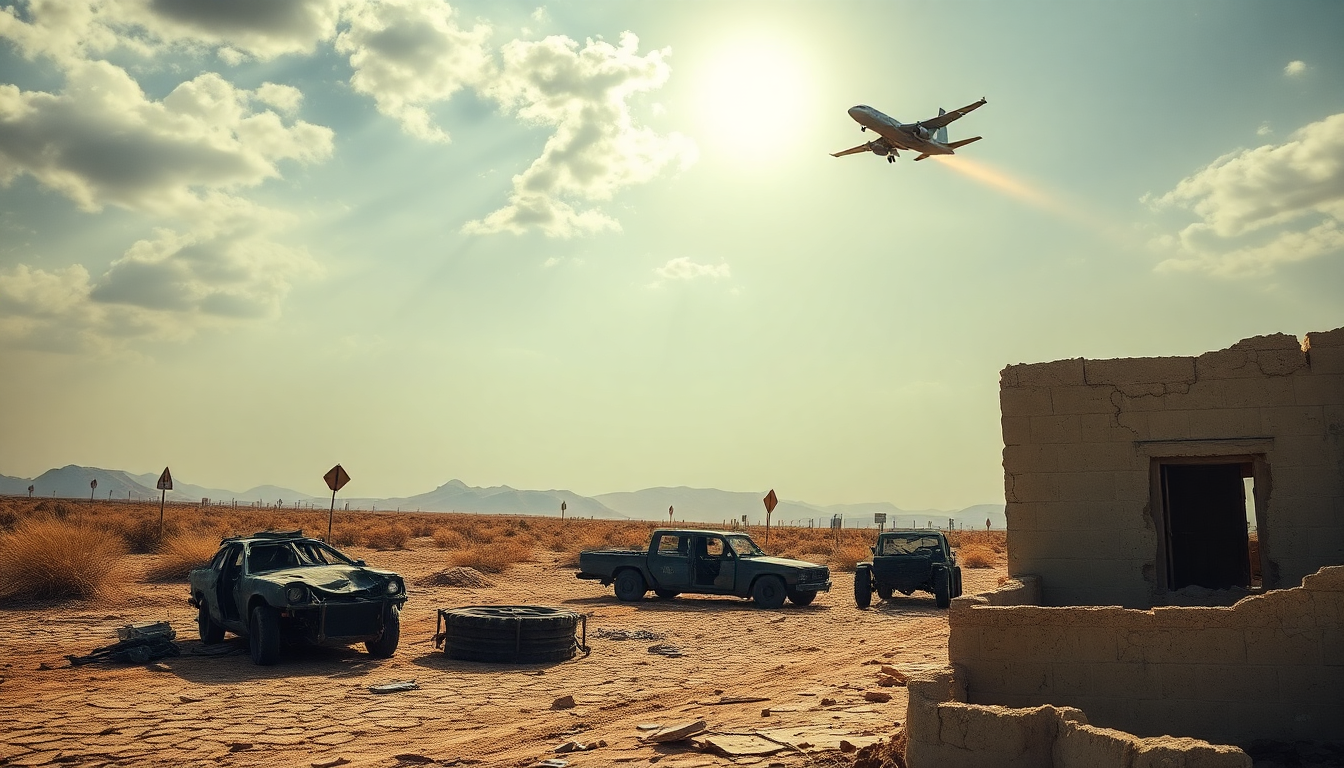Table of Contents
The recent military exchanges between Israel and Iranian-backed Houthi rebels in Yemen have sparked serious concerns about regional stability and security. As tensions rise, it’s essential to grasp the underlying dynamics that could shape the future of the Middle East and its geopolitical landscape. So, what exactly is happening? In this article, we’ll break down these exchanges, the players involved, and what this all means for international relations.
Current military exchanges: A closer look
Just this past Monday, Israel carried out missile strikes targeting Houthi-controlled ports and military assets. This move came in response to a suspected attack on a Liberian-flagged ship in the Red Sea, which was reportedly hit by explosives and small arms fire, forcing the crew to abandon ship. While the Houthis haven’t claimed responsibility, Israel’s military argues that these ports are key hubs for arms transfers from Iran to the Houthi regime—arms that are then used against Israel and its allies.
These preemptive strikes from Israel were aimed at neutralizing threats from the Houthis, especially given their increasing military capabilities and potential for further aggression. Key locations targeted included vital ports like Hodeida, Ras Isa, and Salif, which play a crucial role in the Houthi’s military logistics.
In response, the Houthis pledged to maintain their confrontational stance, signaling their readiness for a prolonged engagement. This ongoing back-and-forth highlights the precarious nature of the current military situation in the region, where both sides appear poised to escalate their actions if needed.
Geopolitical implications of the conflict
The military exchanges between Israel and the Houthis are part of a larger geopolitical narrative, particularly concerning Iran’s influence in the Middle East. U.S. Army Gen. Michael Kurilla has pointed out that Iran remains the primary supporter of the Houthi movement, enhancing their capabilities and threatening regional stability. This relationship emphasizes how interconnected various conflicts in the area can be; actions taken by one group can send shockwaves through others.
As Israel faces threats from Iranian proxies, the strategic calculations for other regional players, including the United States, become increasingly intricate. The potential for a broader conflict involving multiple state and non-state actors is very real, especially as Israel and the U.S. reassess their strategies in response to ongoing provocations.
Compounding this situation are diplomatic efforts, such as the upcoming meeting between President Donald Trump and Israeli Prime Minister Benjamin Netanyahu, where discussions surrounding Gaza and the future of Hamas are expected to take center stage. The outcomes of such meetings could either heighten tensions or open doors for new strategies to tackle the underlying issues.
Future outlook: What lies ahead?
So, what does the future hold? The situation remains fluid, with possibilities for both escalation and diplomatic resolution. Observers are keenly monitoring how the international community will respond to these developments, particularly regarding sanctions, military support, and diplomatic engagement. The balance of power in the region is delicate, and any misstep could lead to a broader conflict.
As both Israel and the Houthis gear up for potential further confrontations, the stakes couldn’t be higher. These ongoing military exchanges serve as a stark reminder of the complex interplay between local conflicts and larger geopolitical dynamics. Analysts emphasize the importance of considering historical context, regional alliances, and the influence of external powers in shaping the future of this volatile region.
In conclusion, the recent military activities shine a light on the multifaceted nature of Middle Eastern geopolitics. As tensions persist, understanding the implications for regional stability and international relations becomes more critical than ever. Are we prepared to navigate this intricate landscape?


